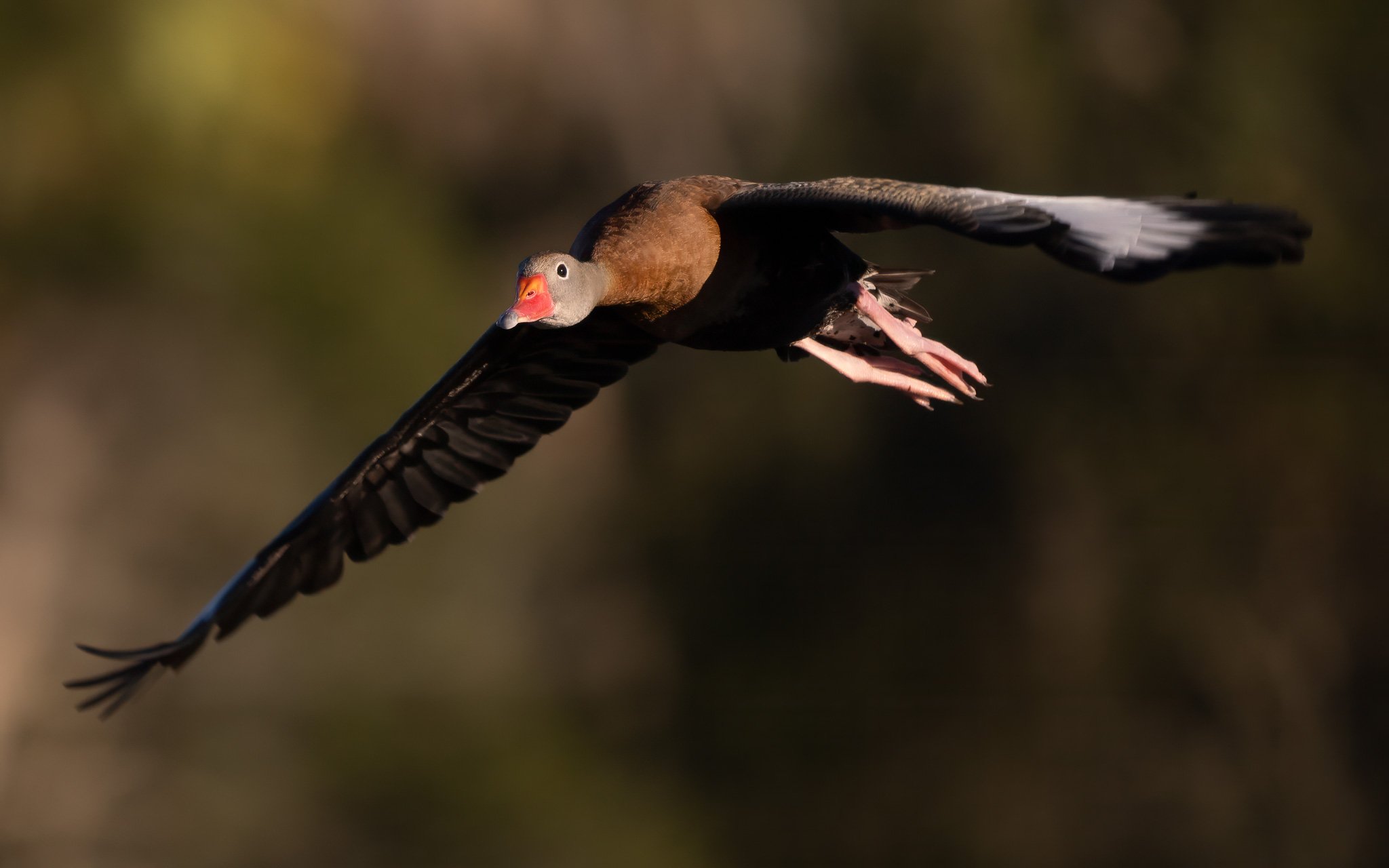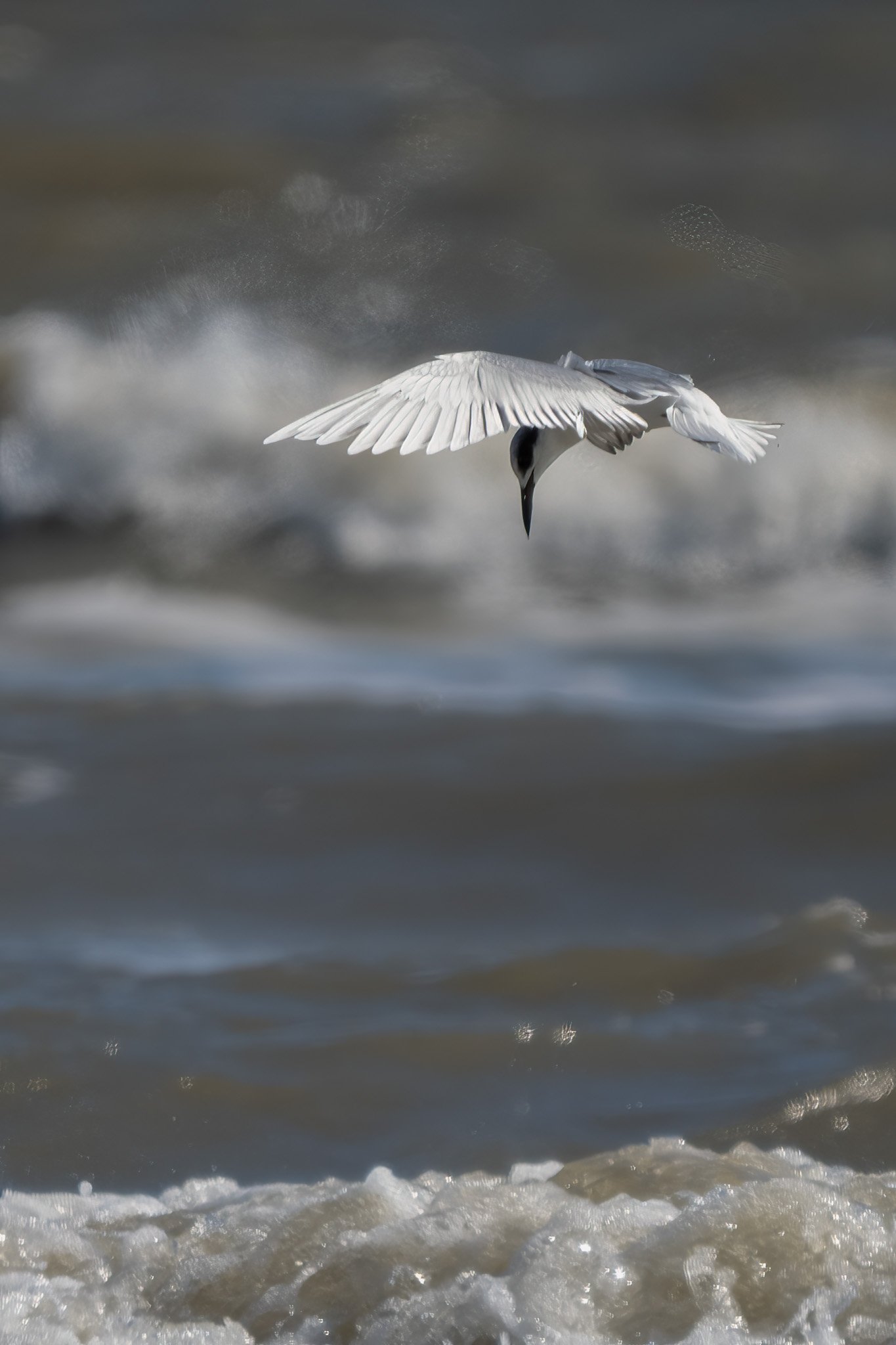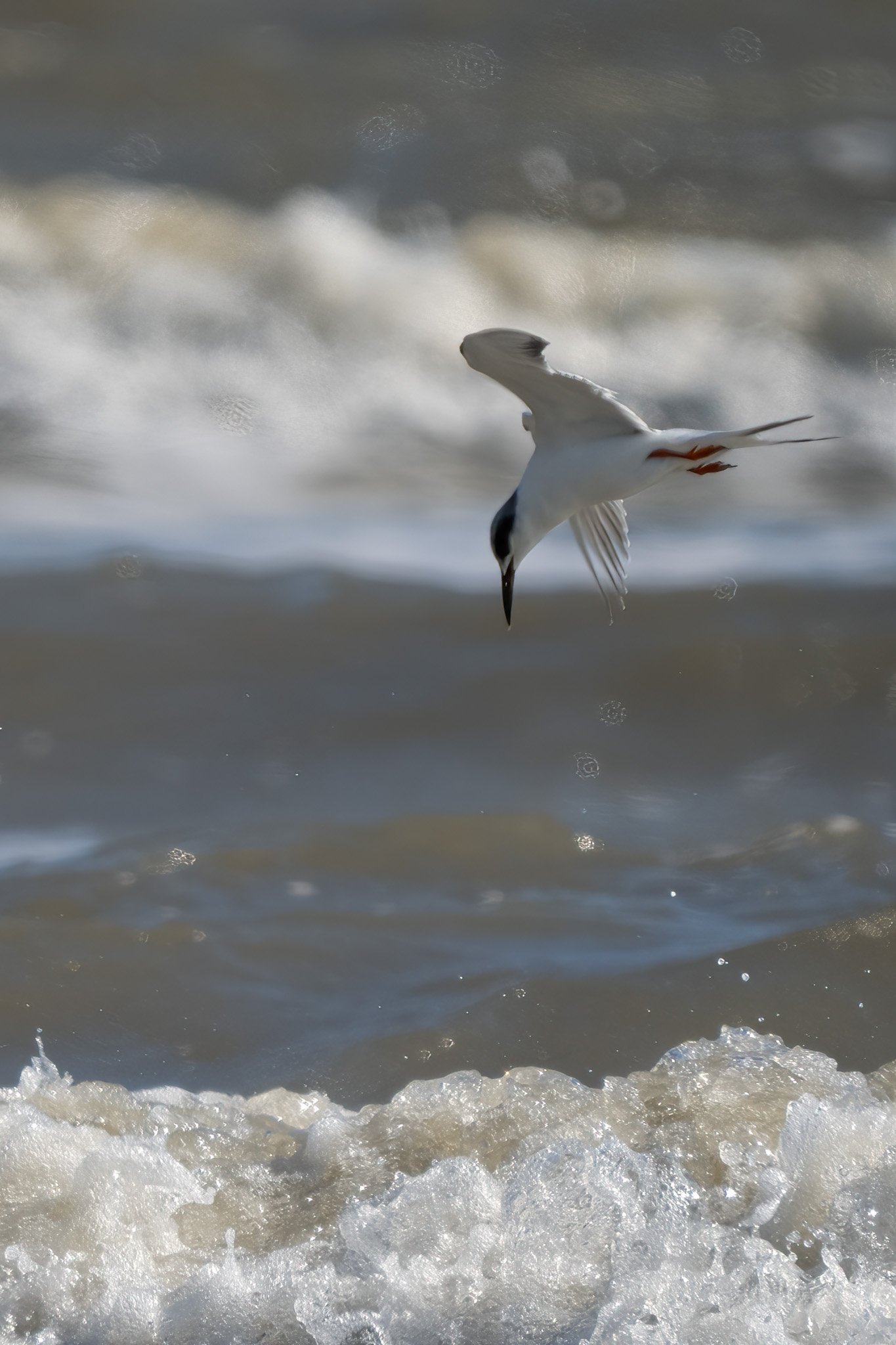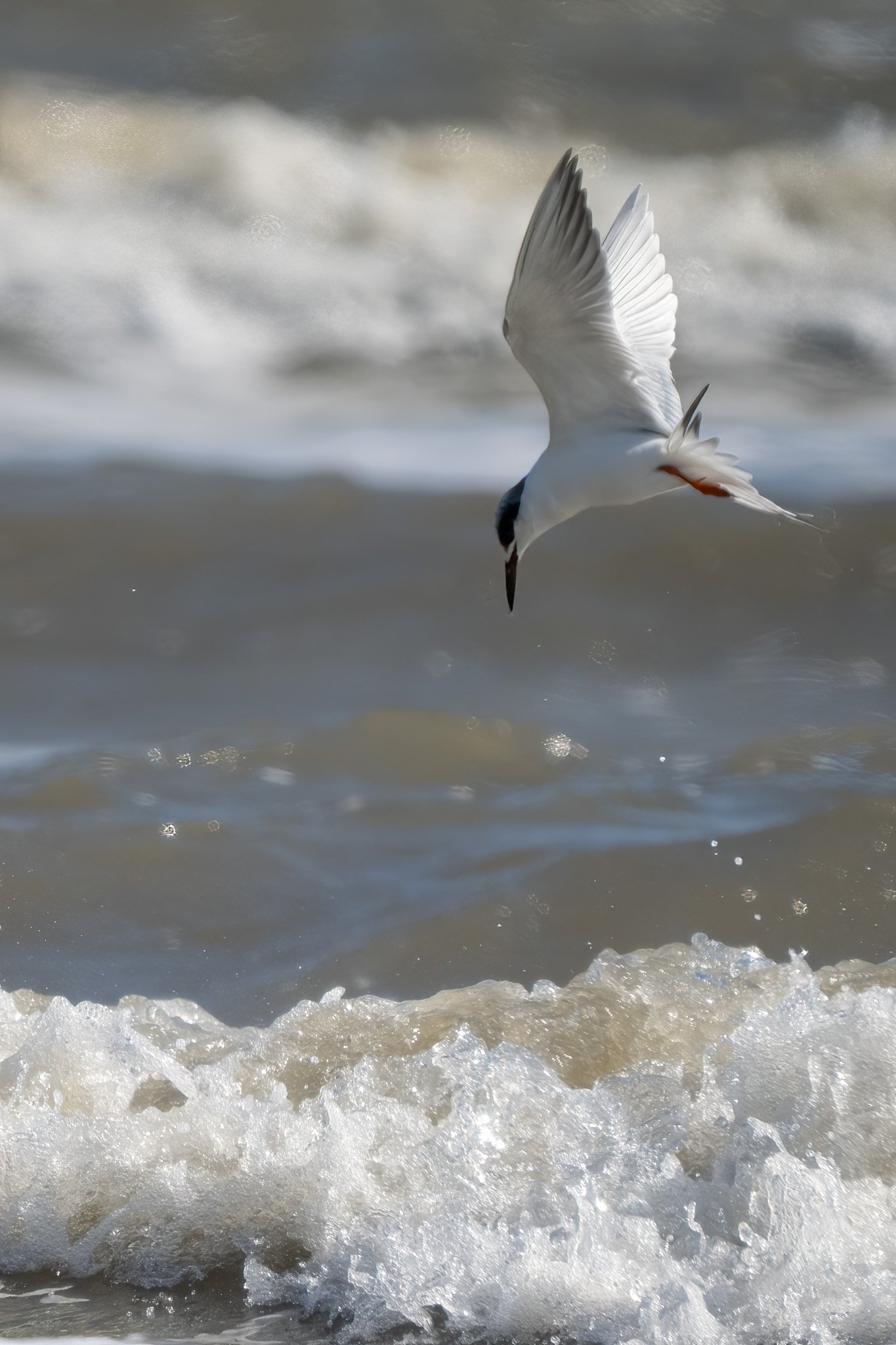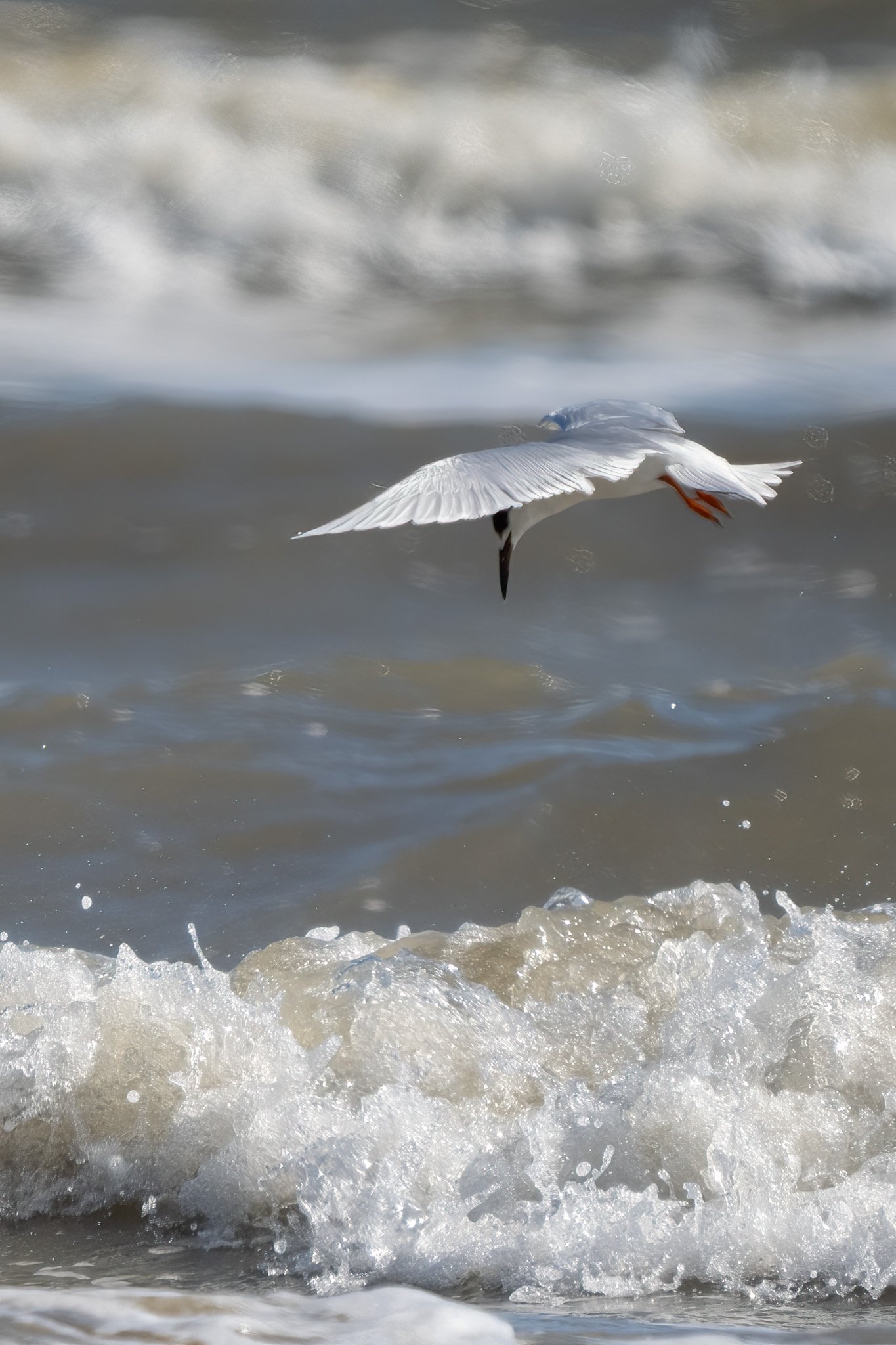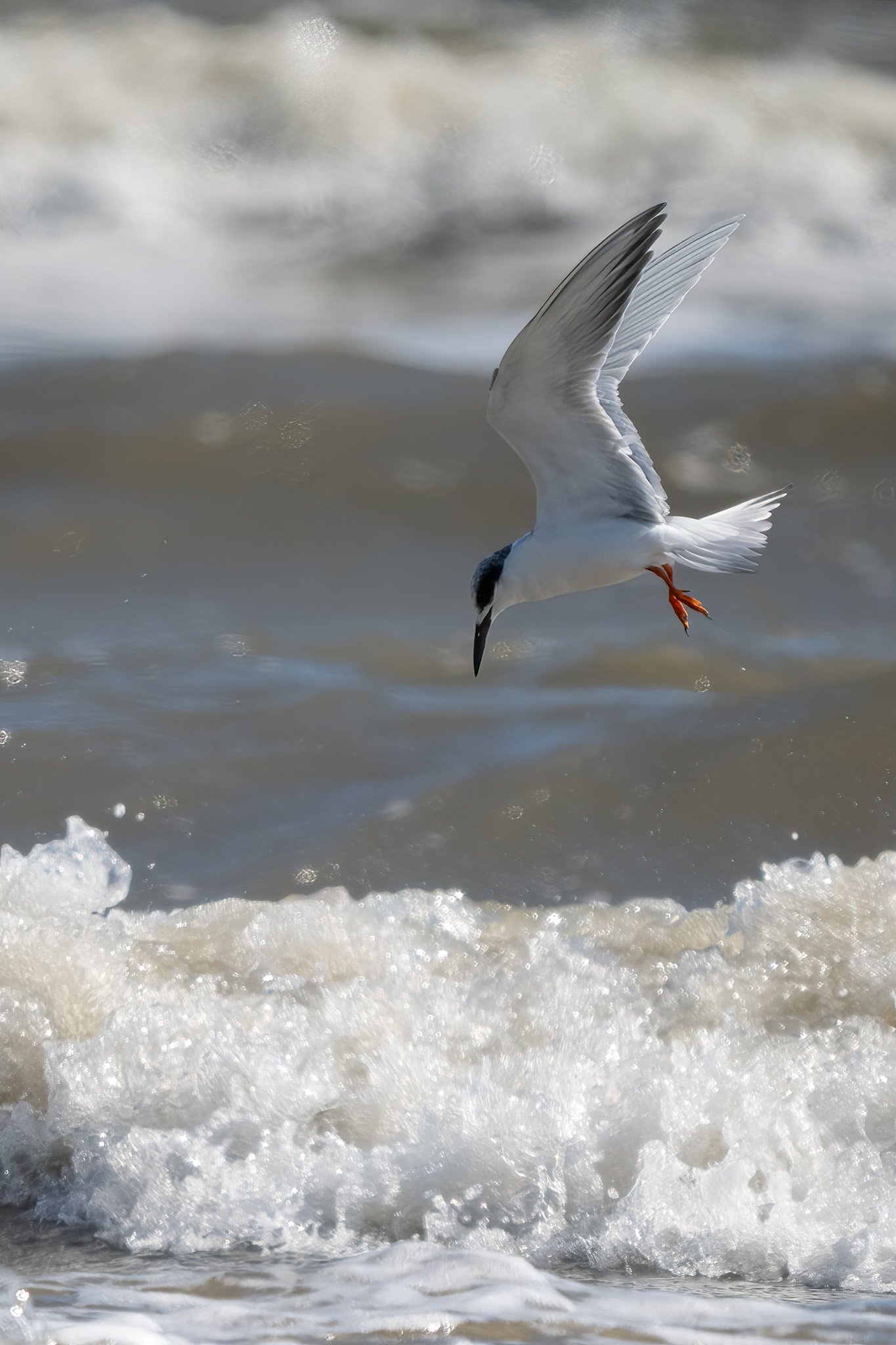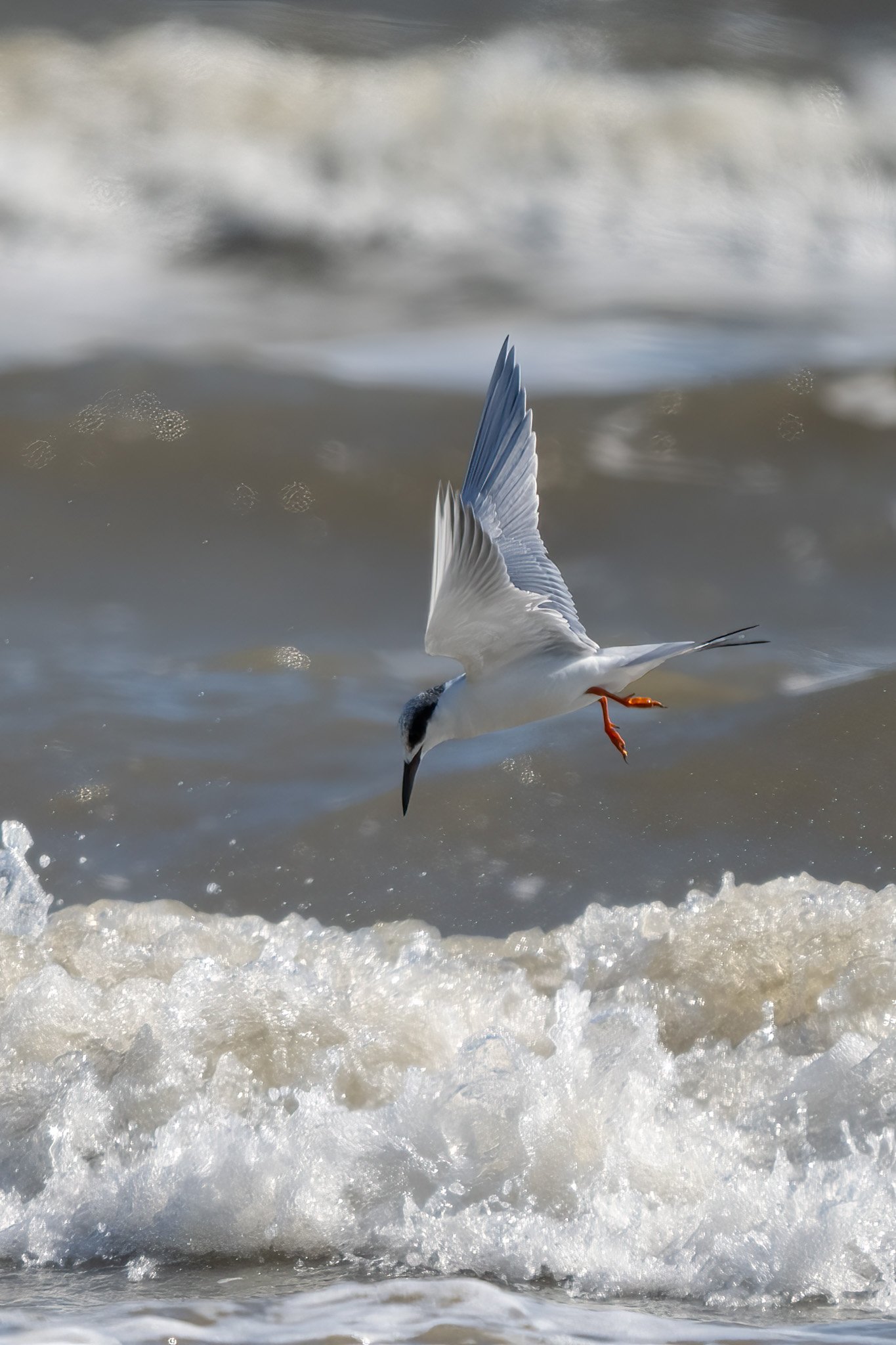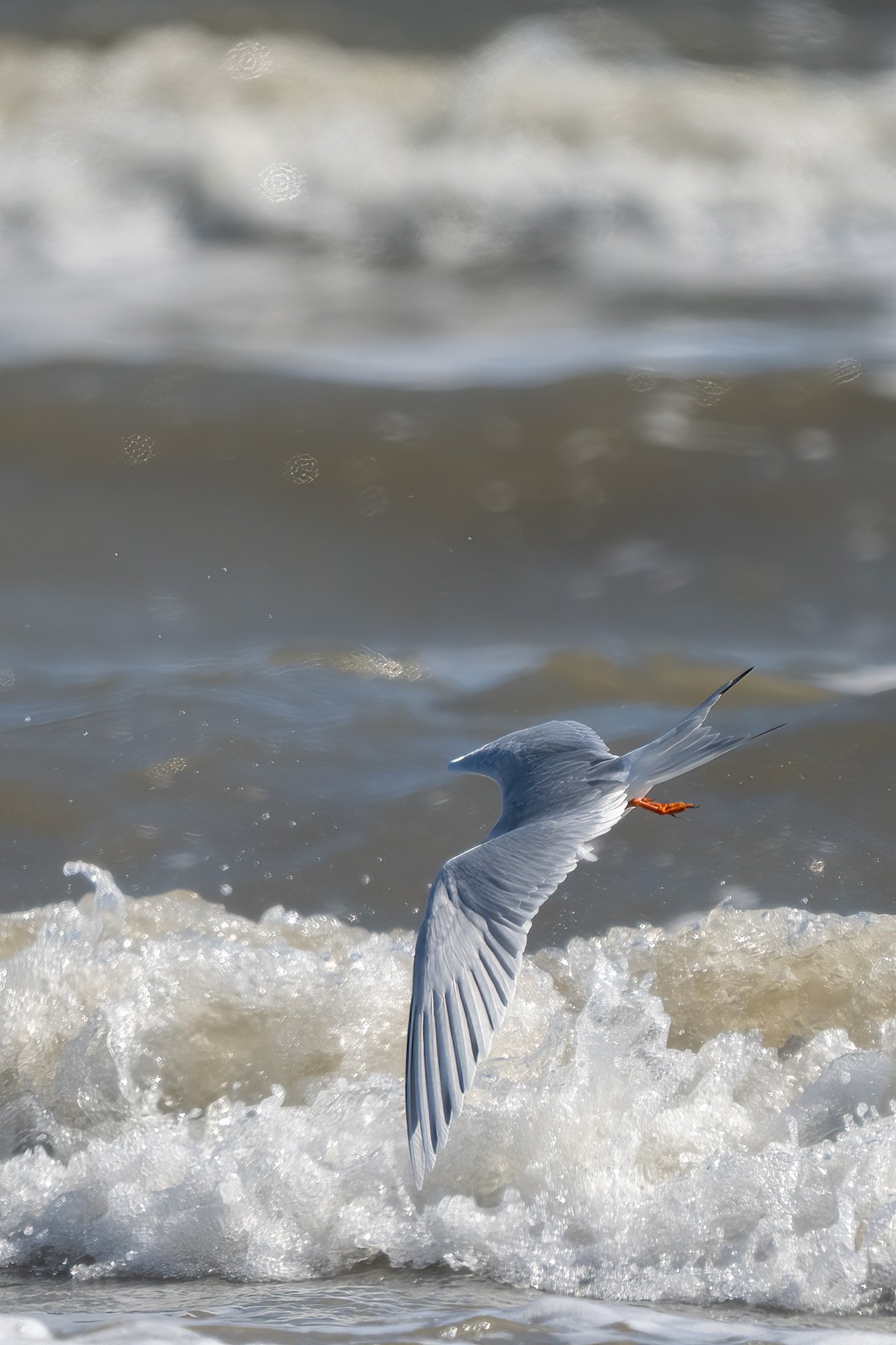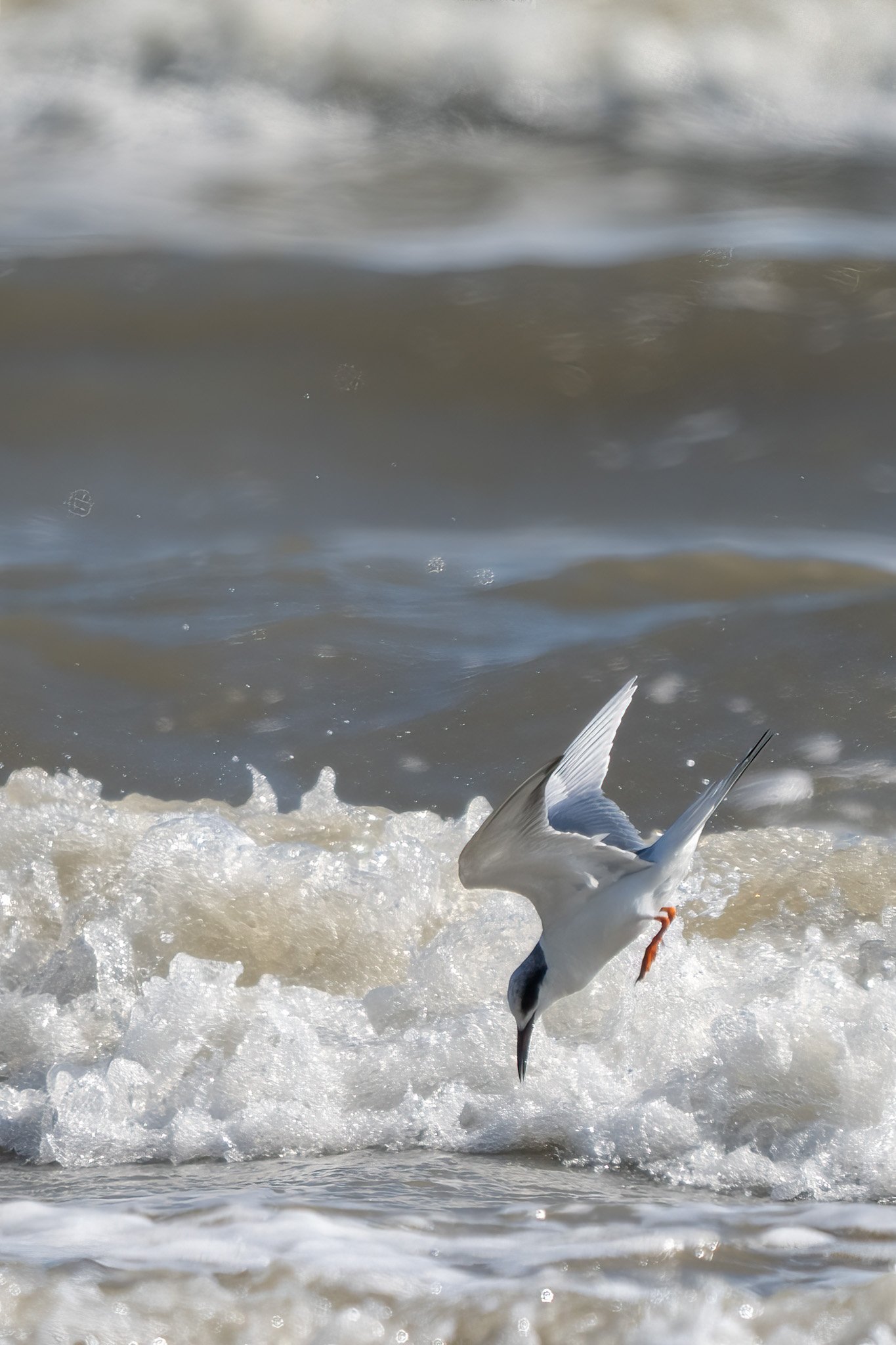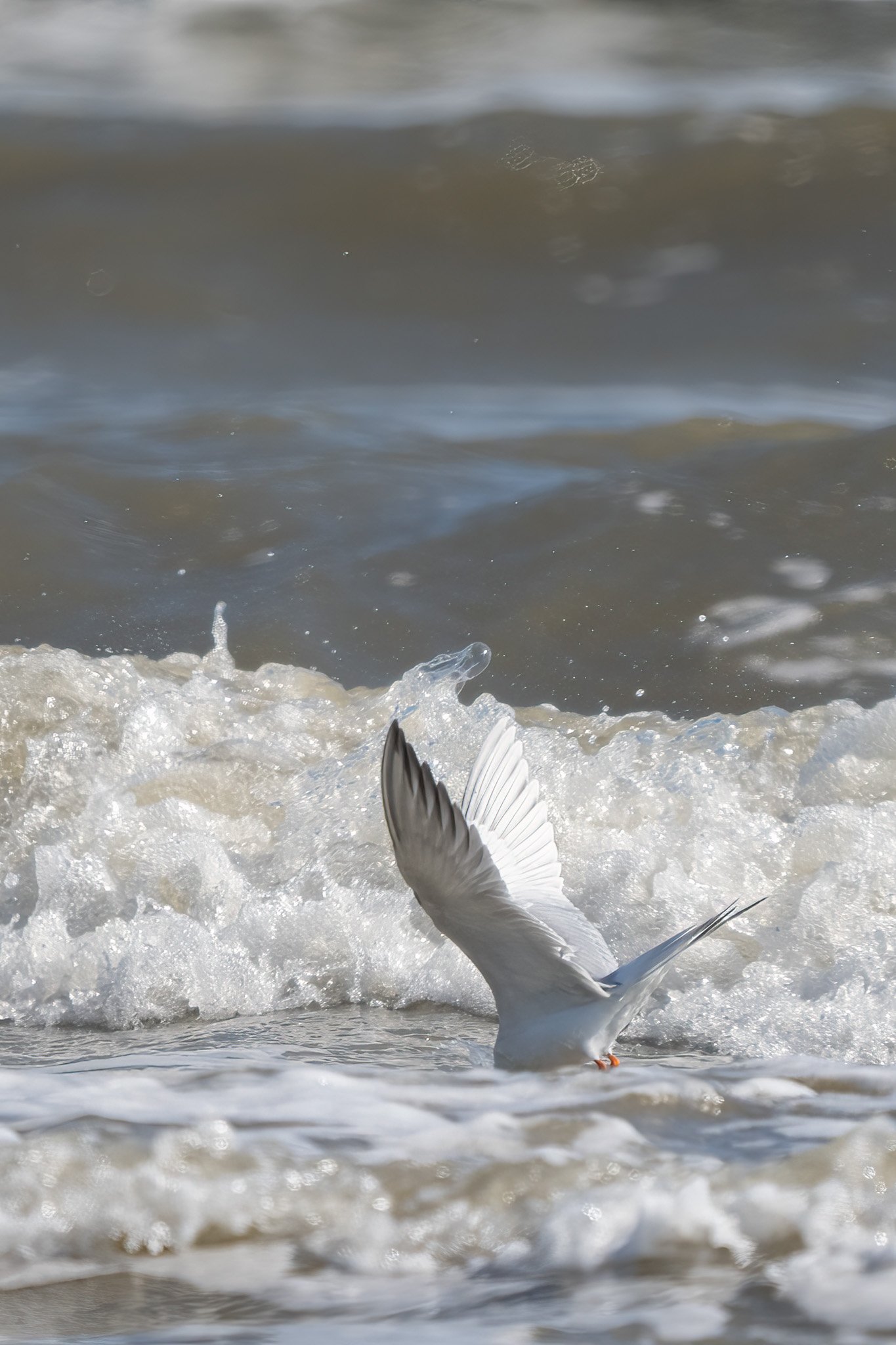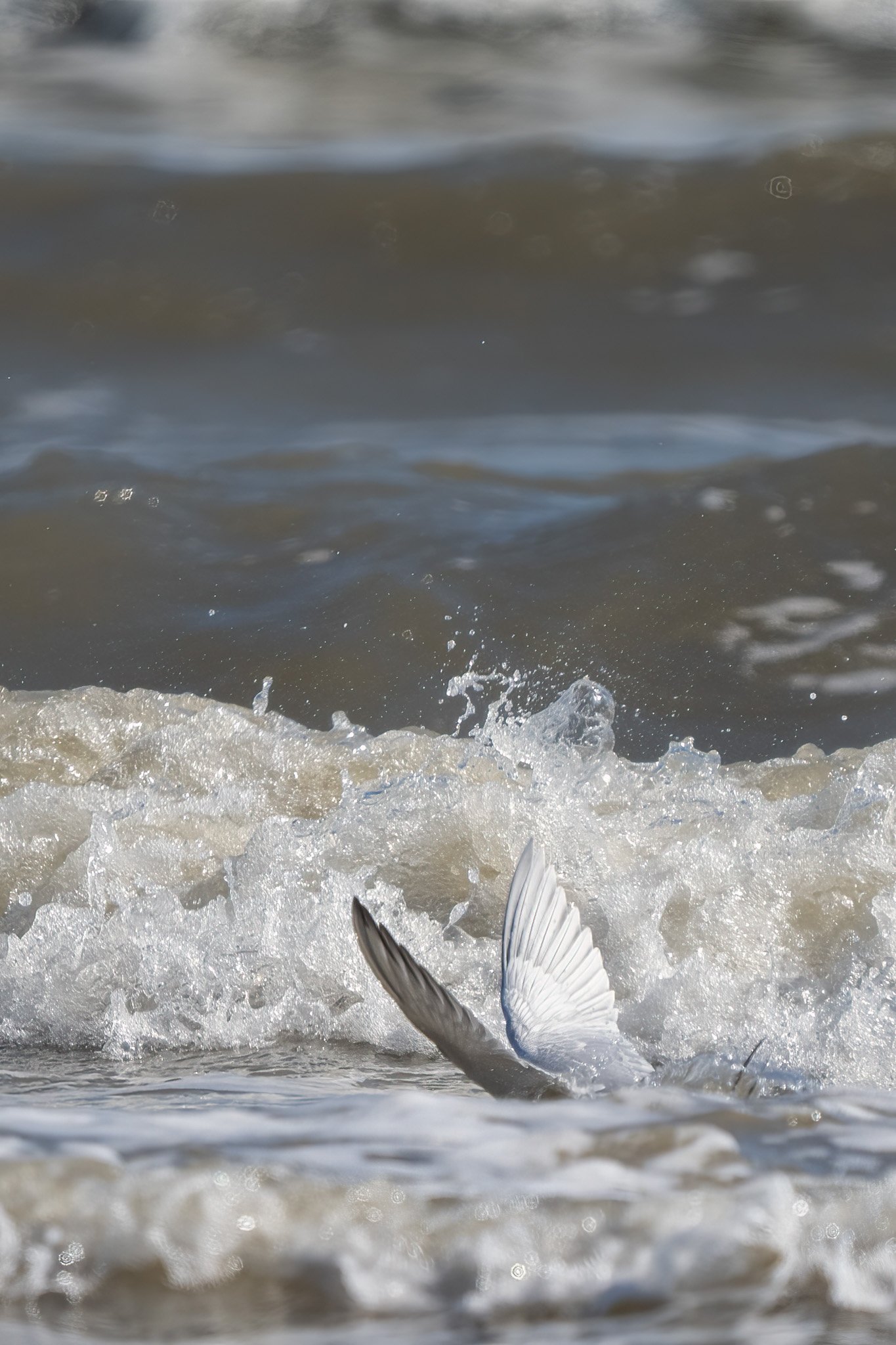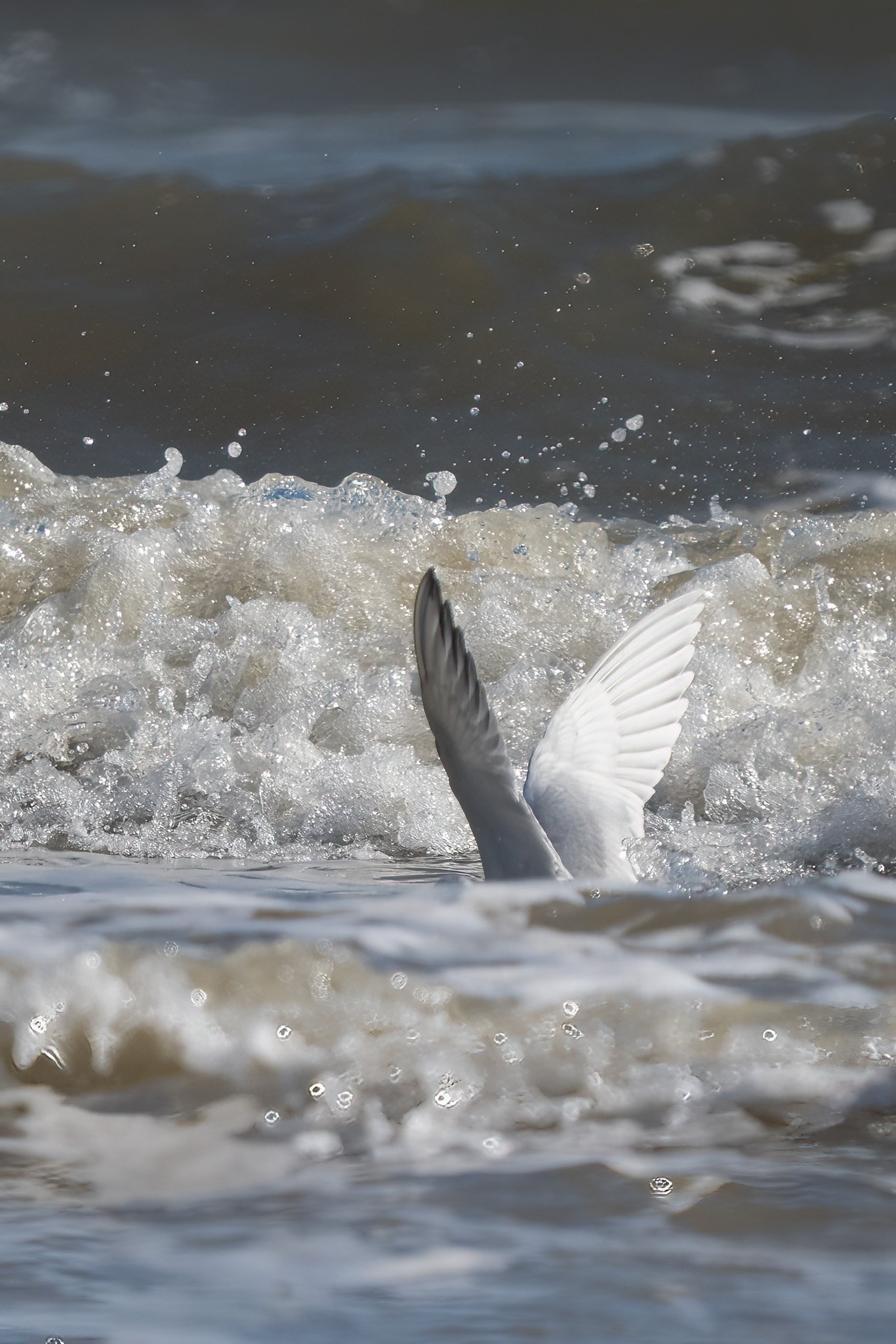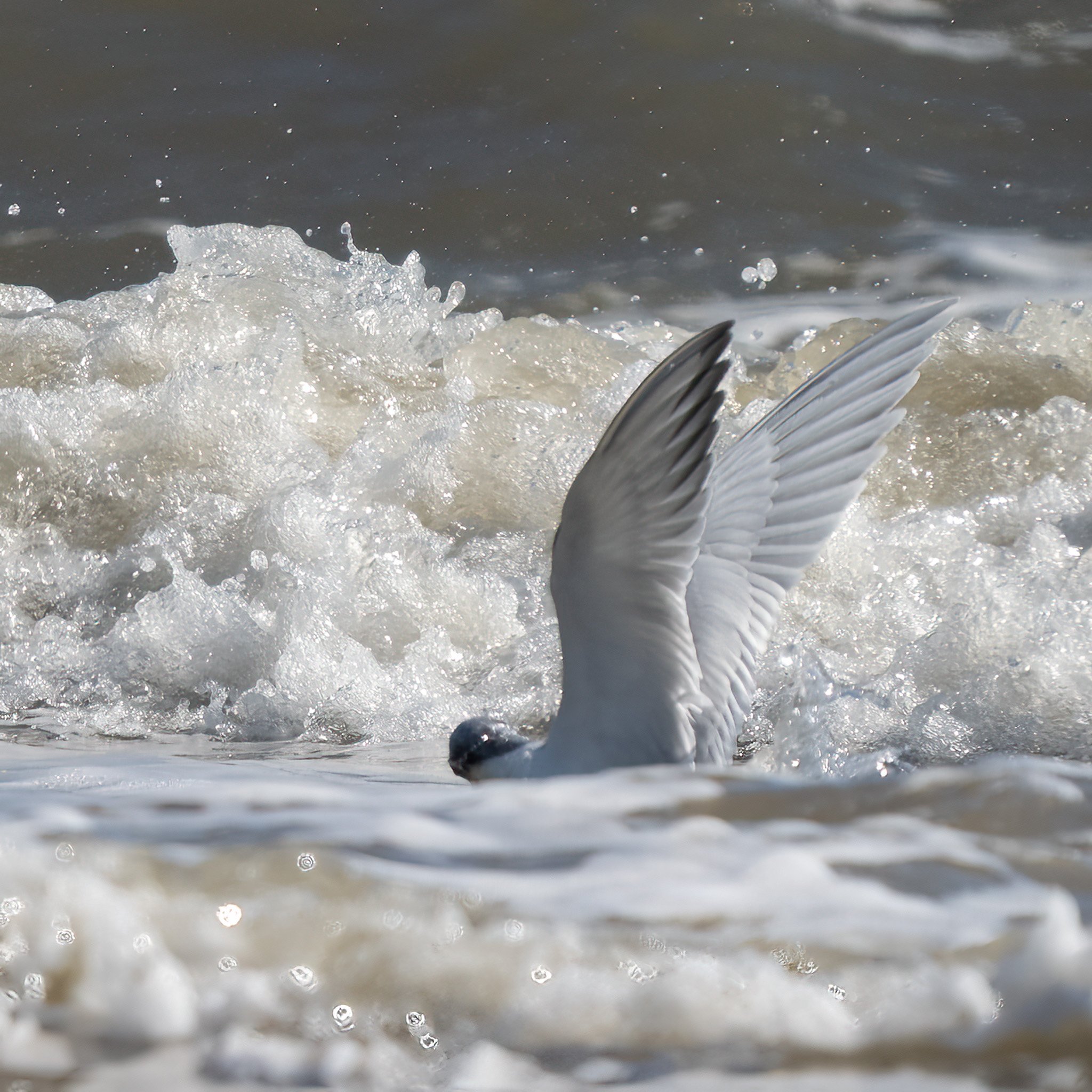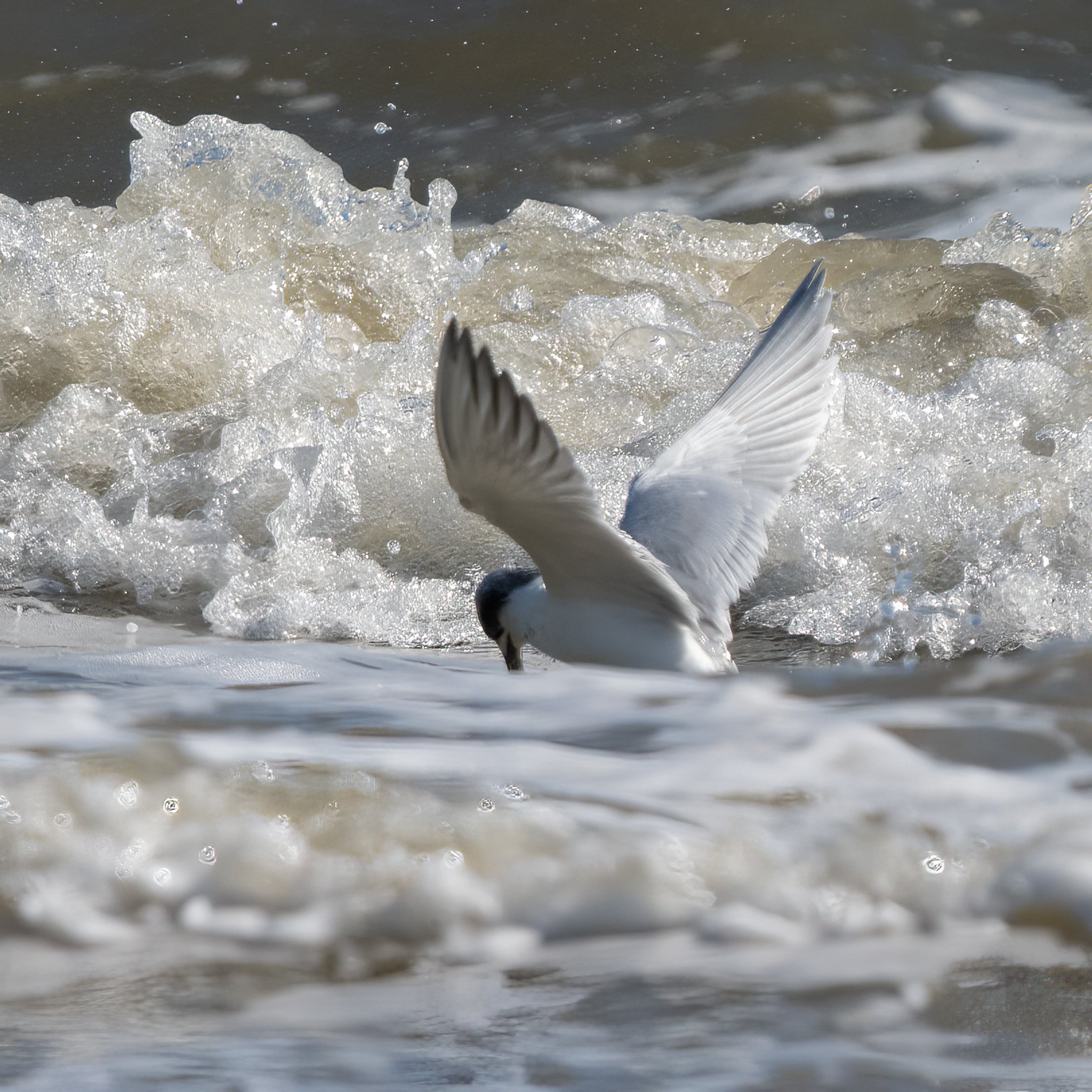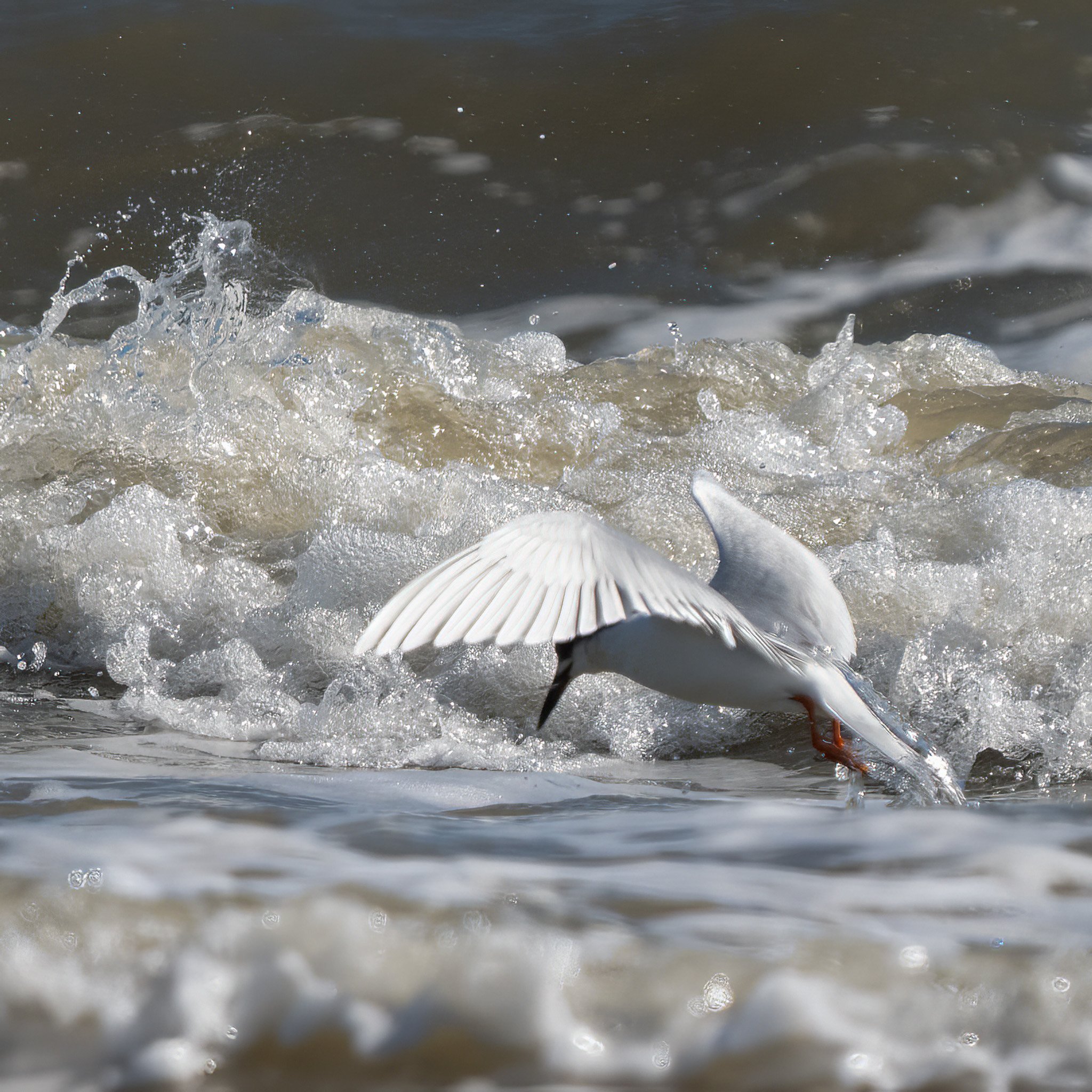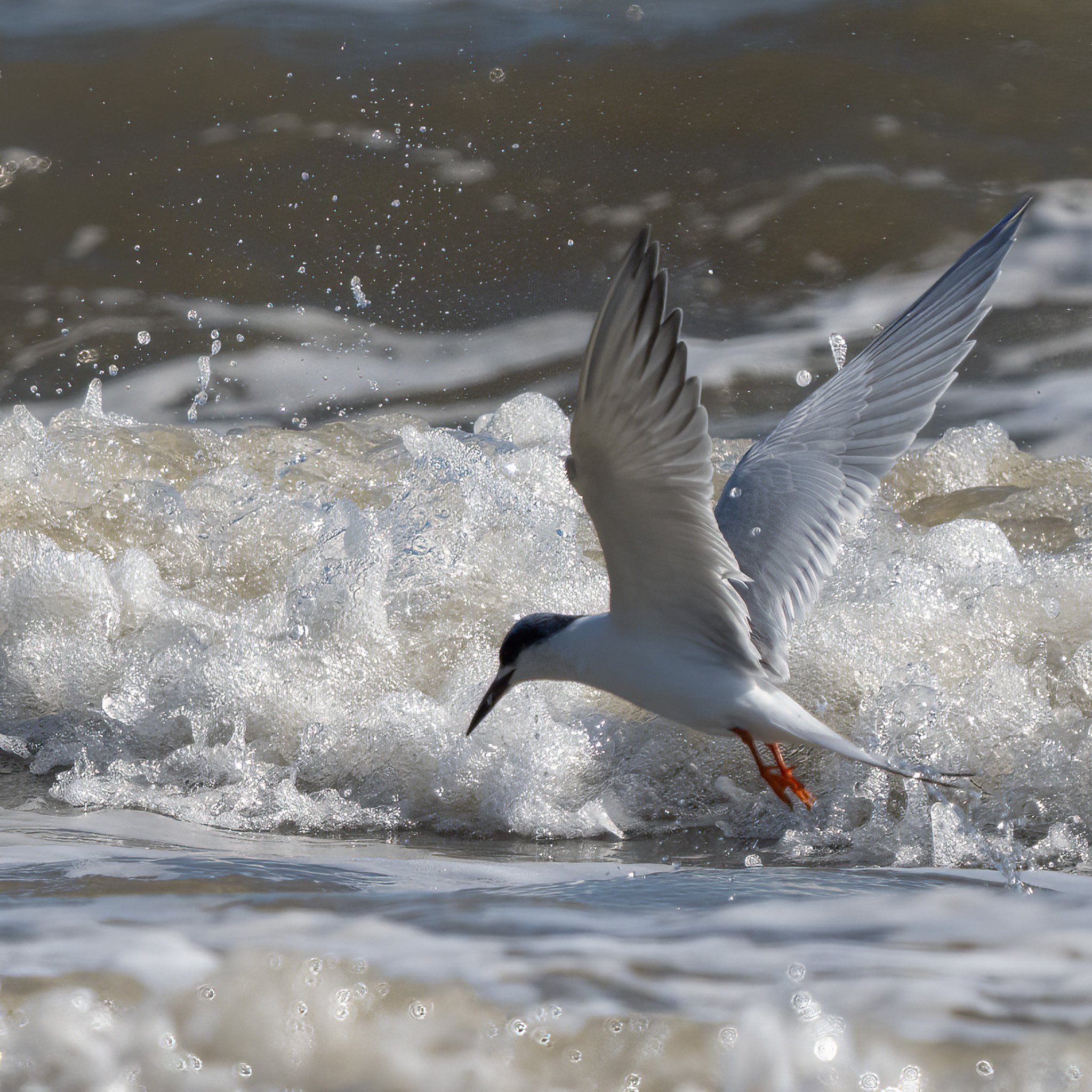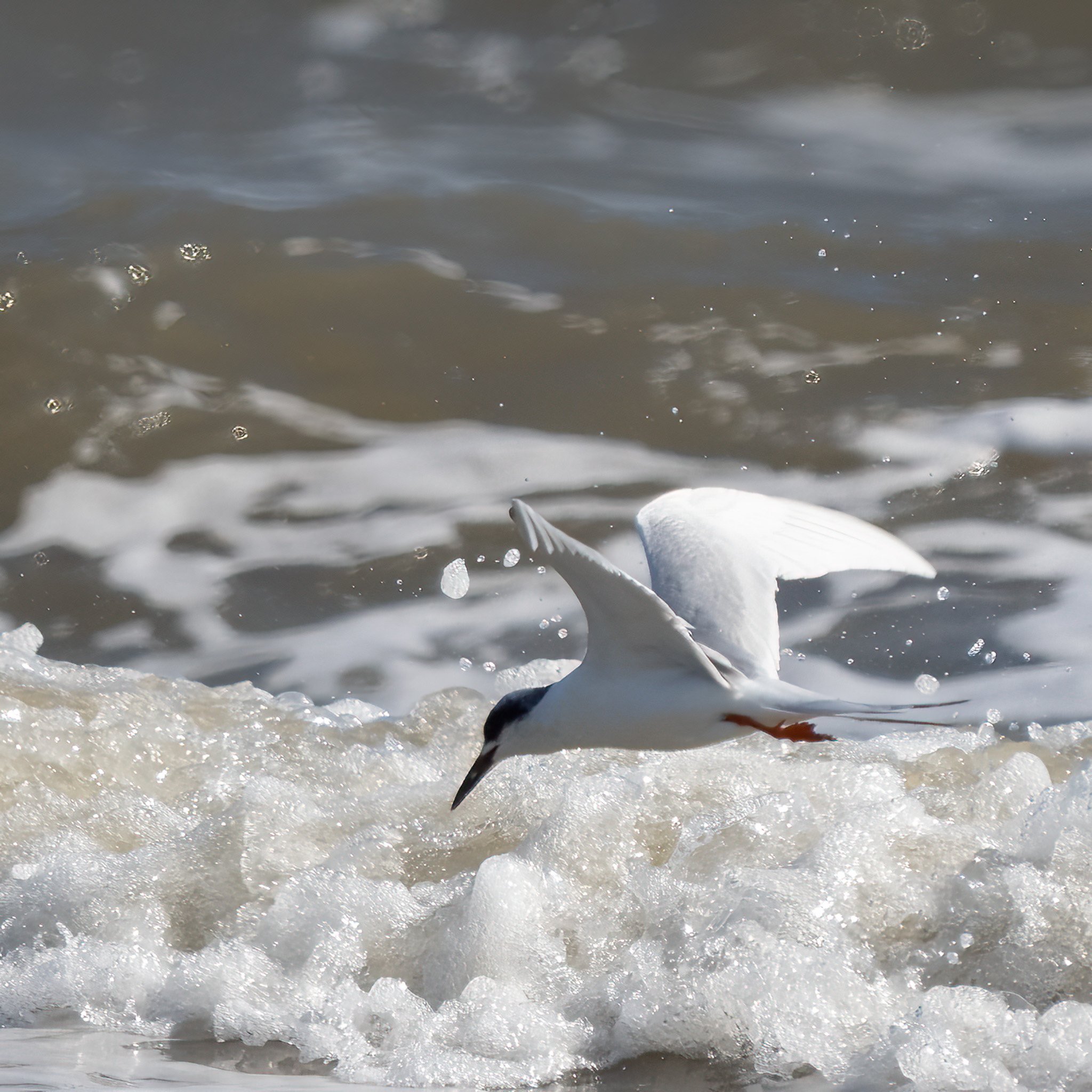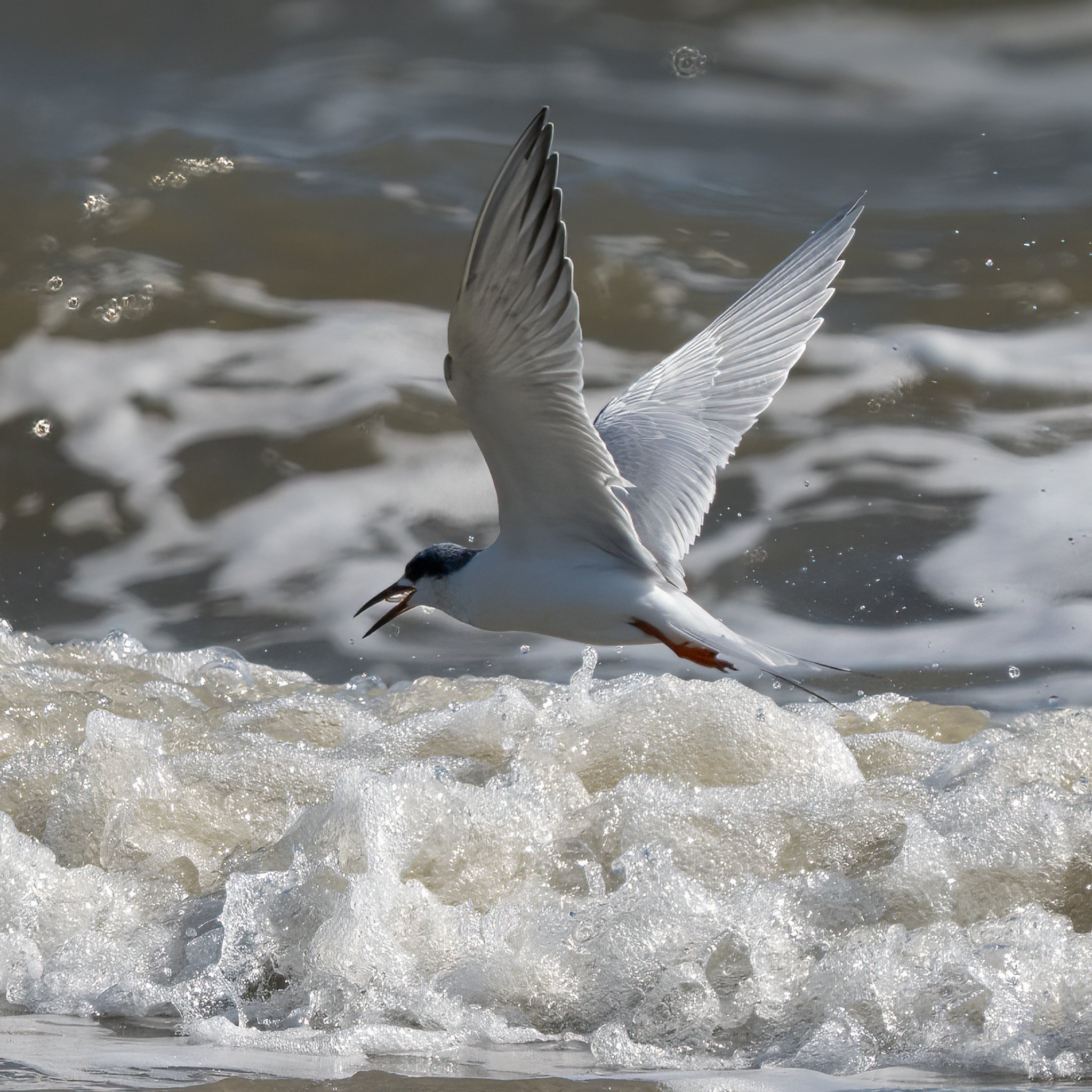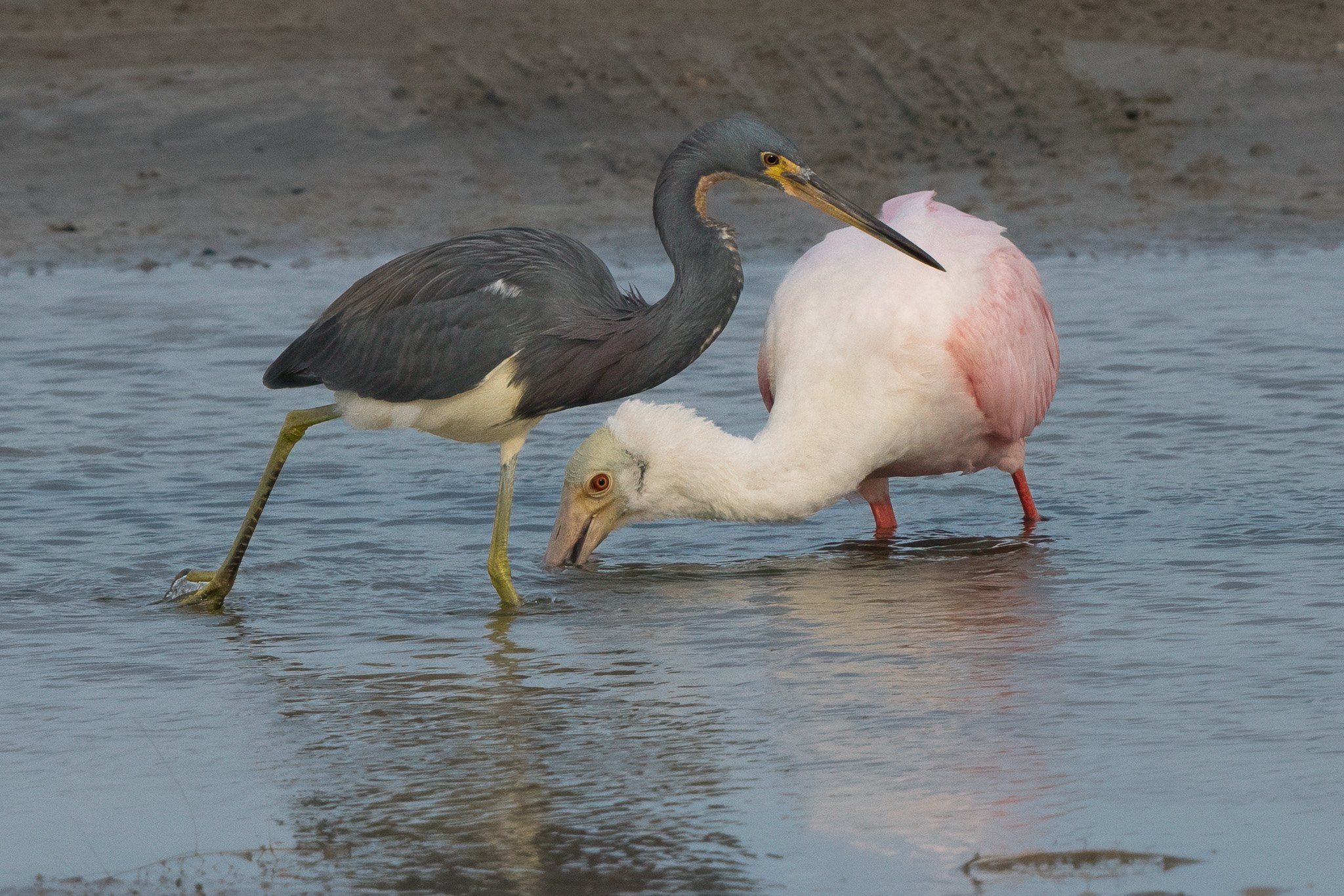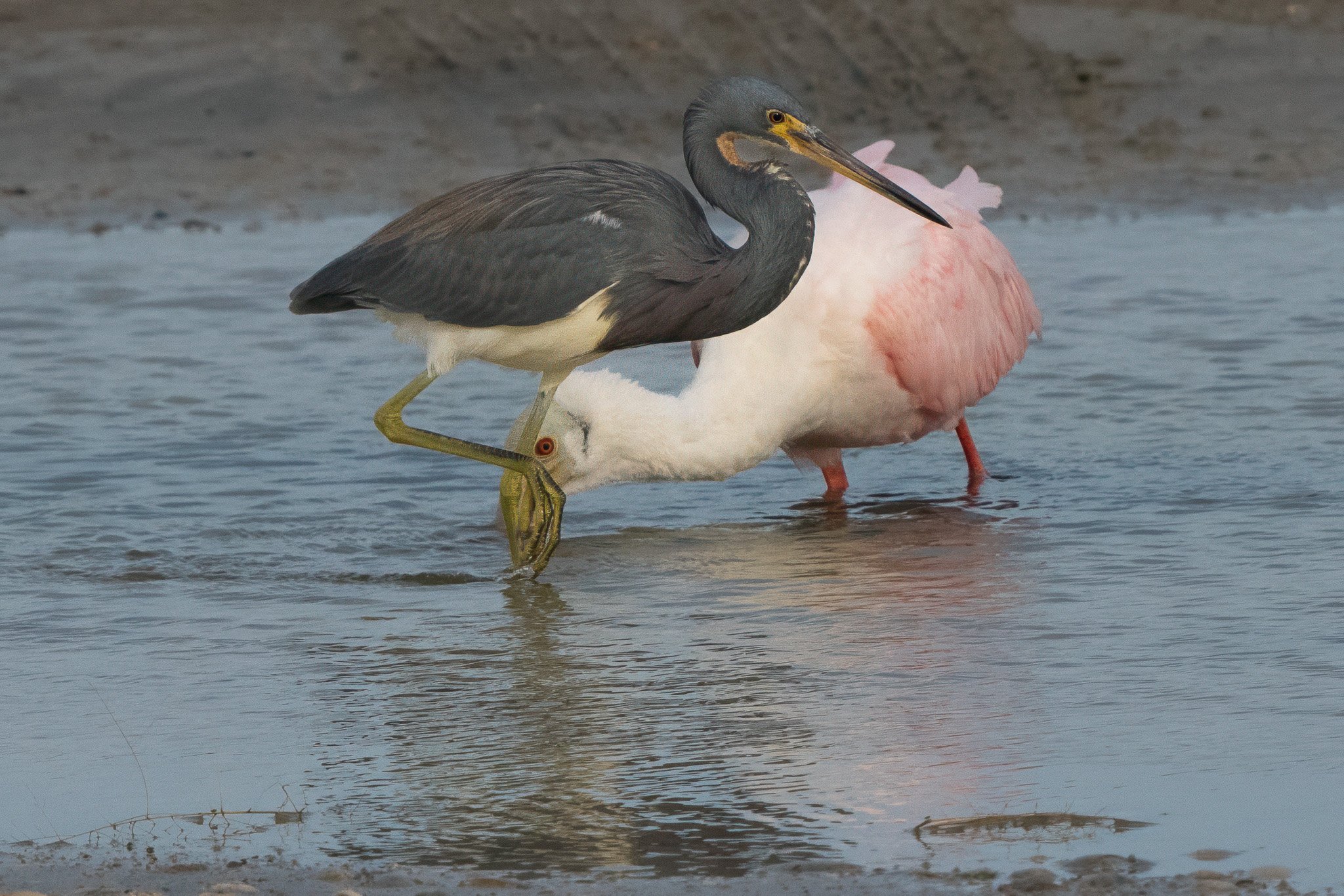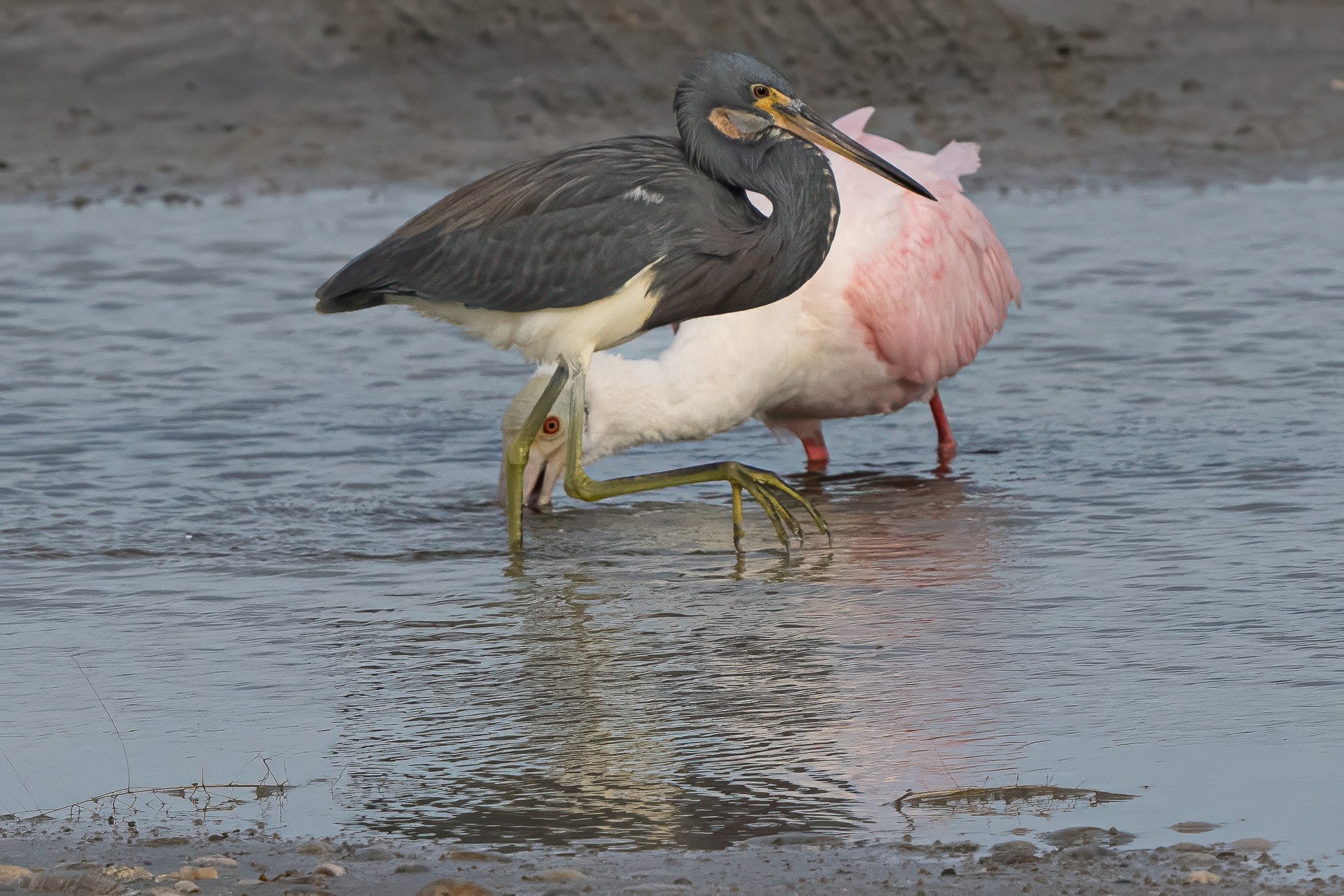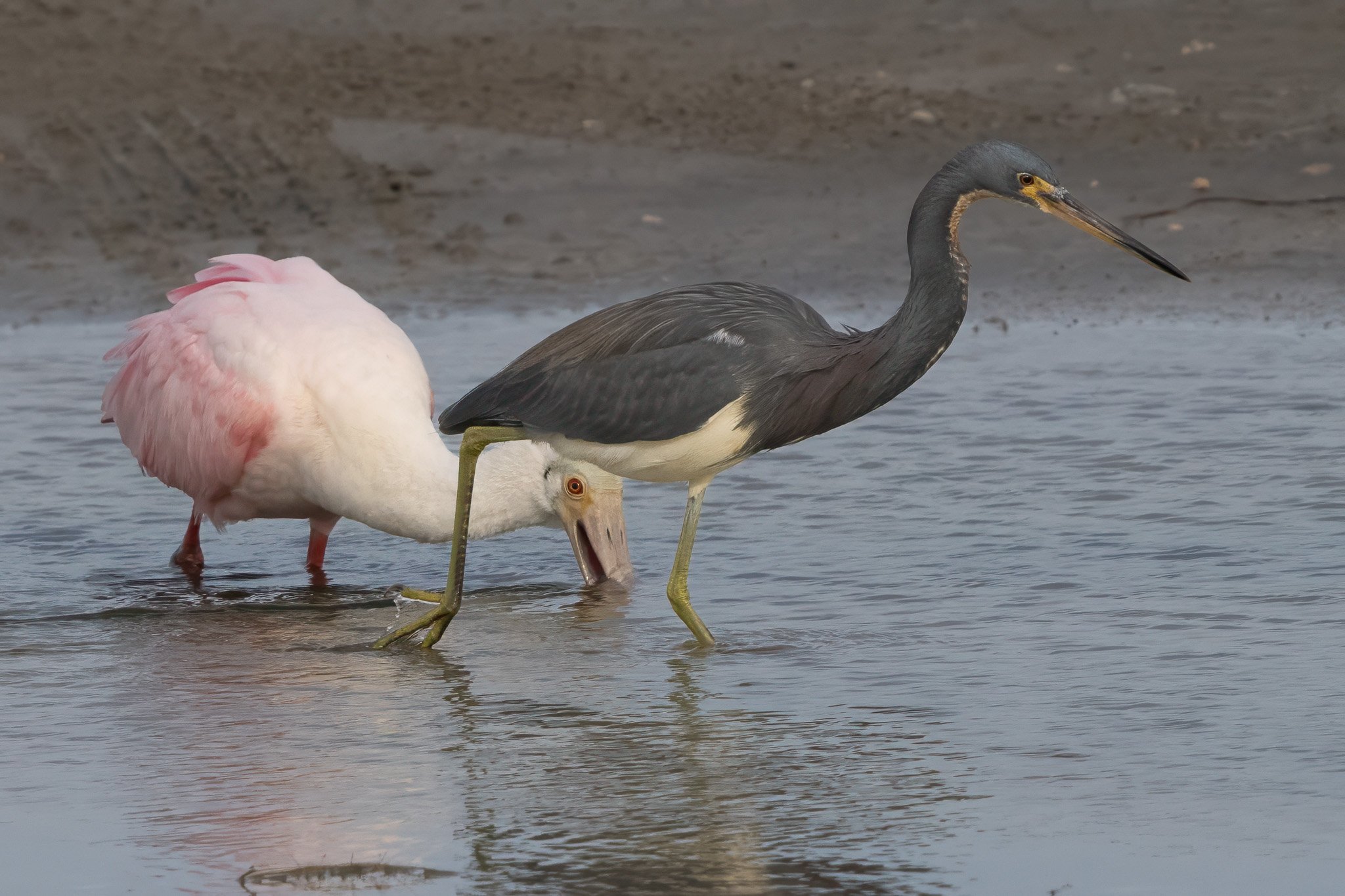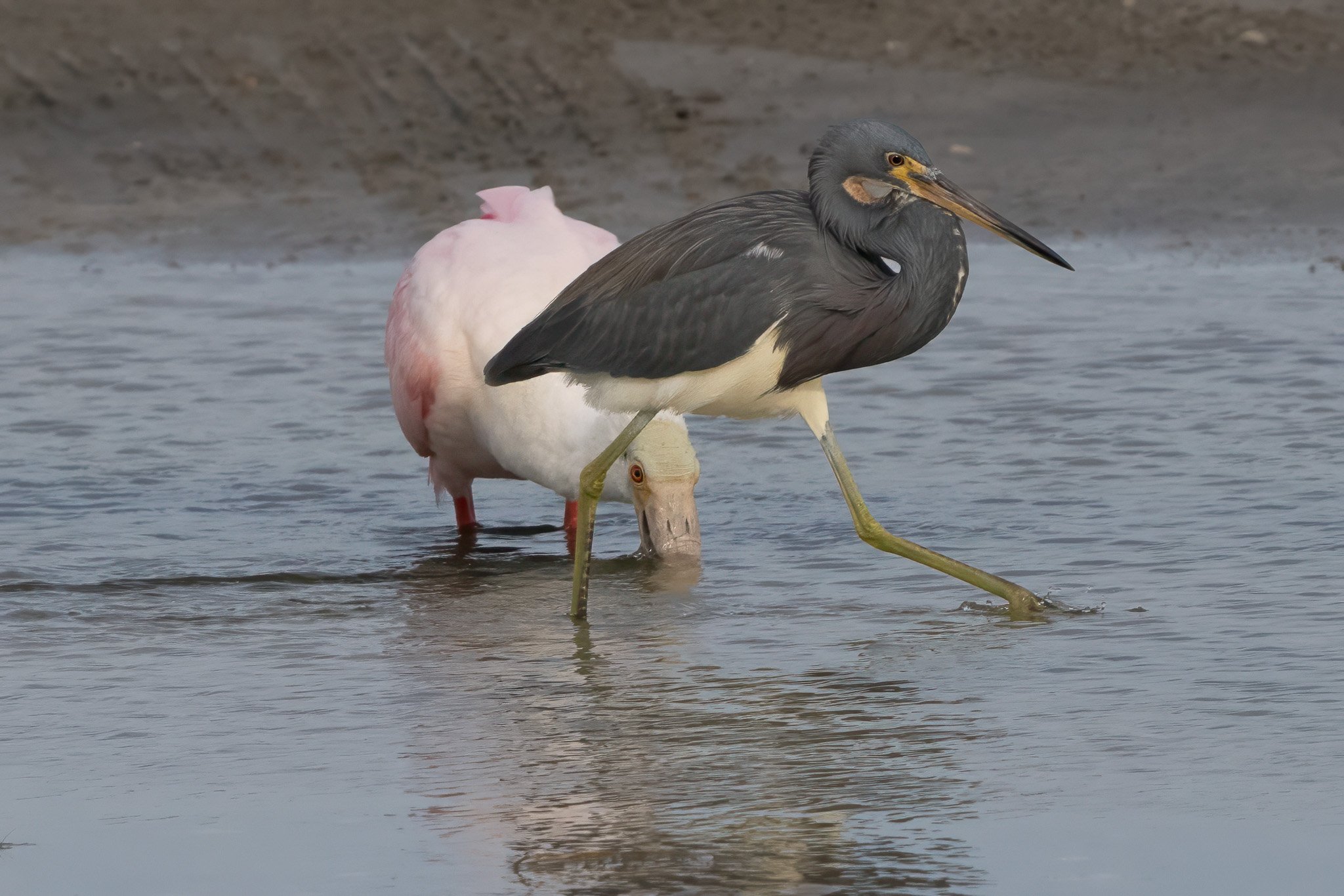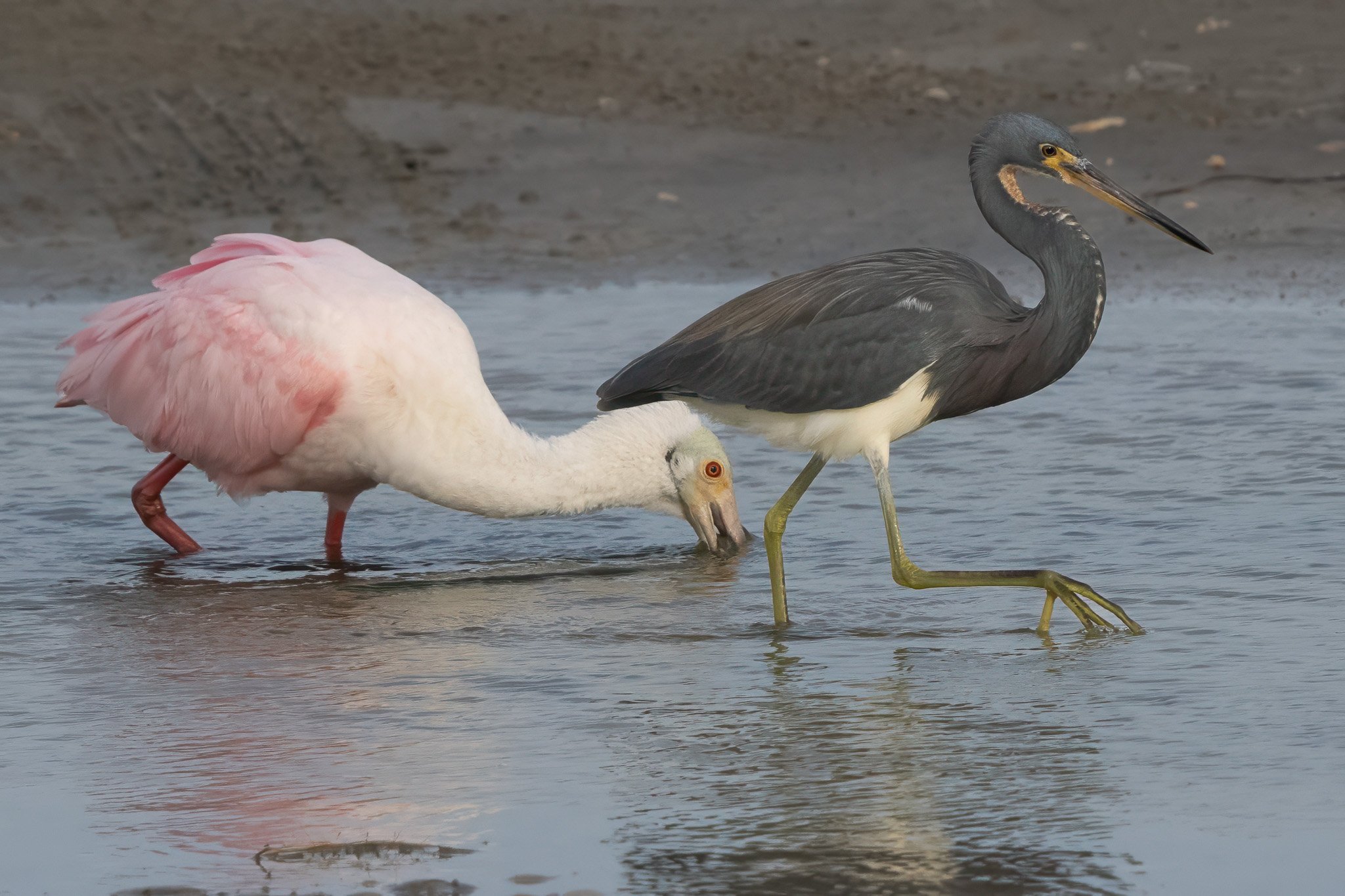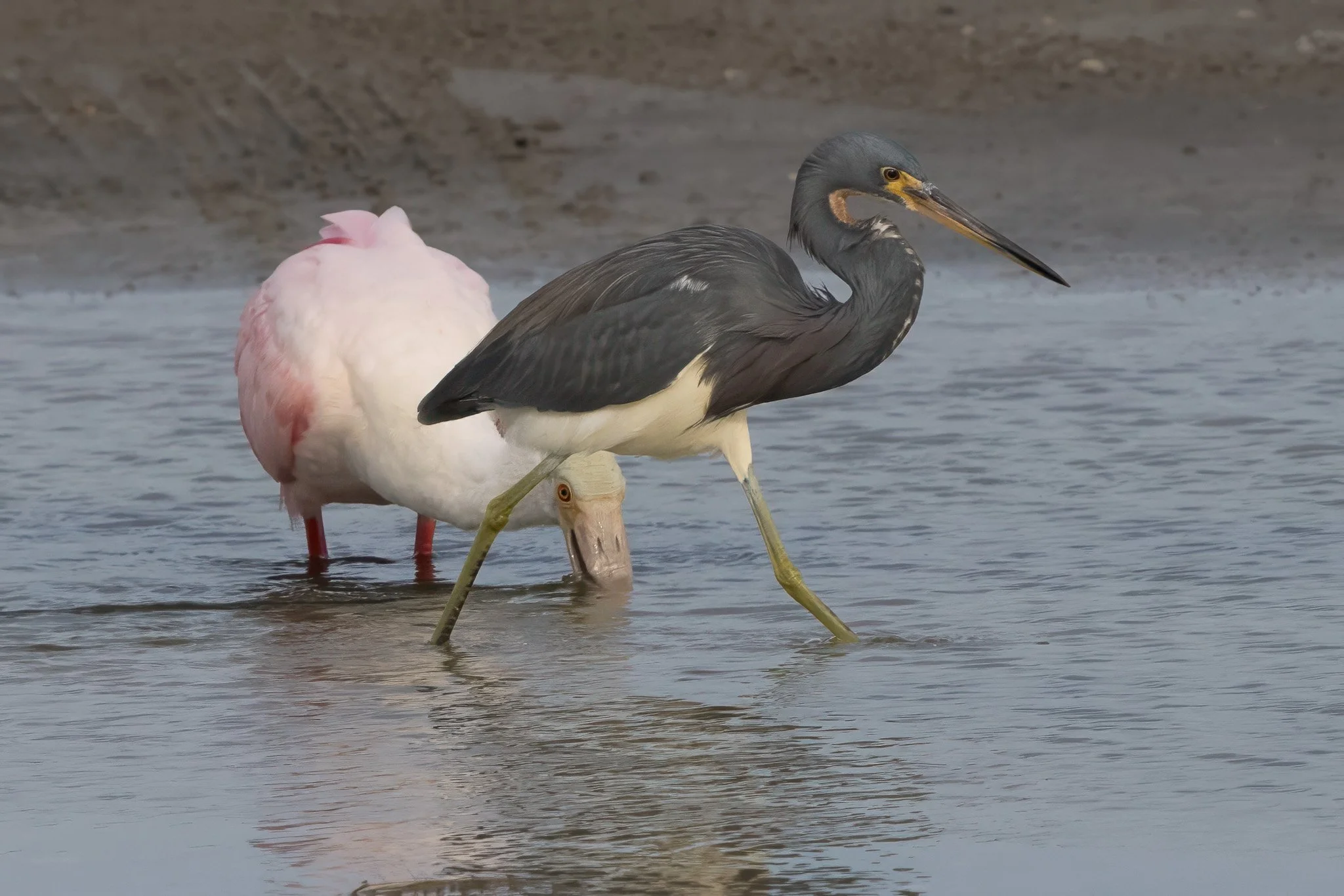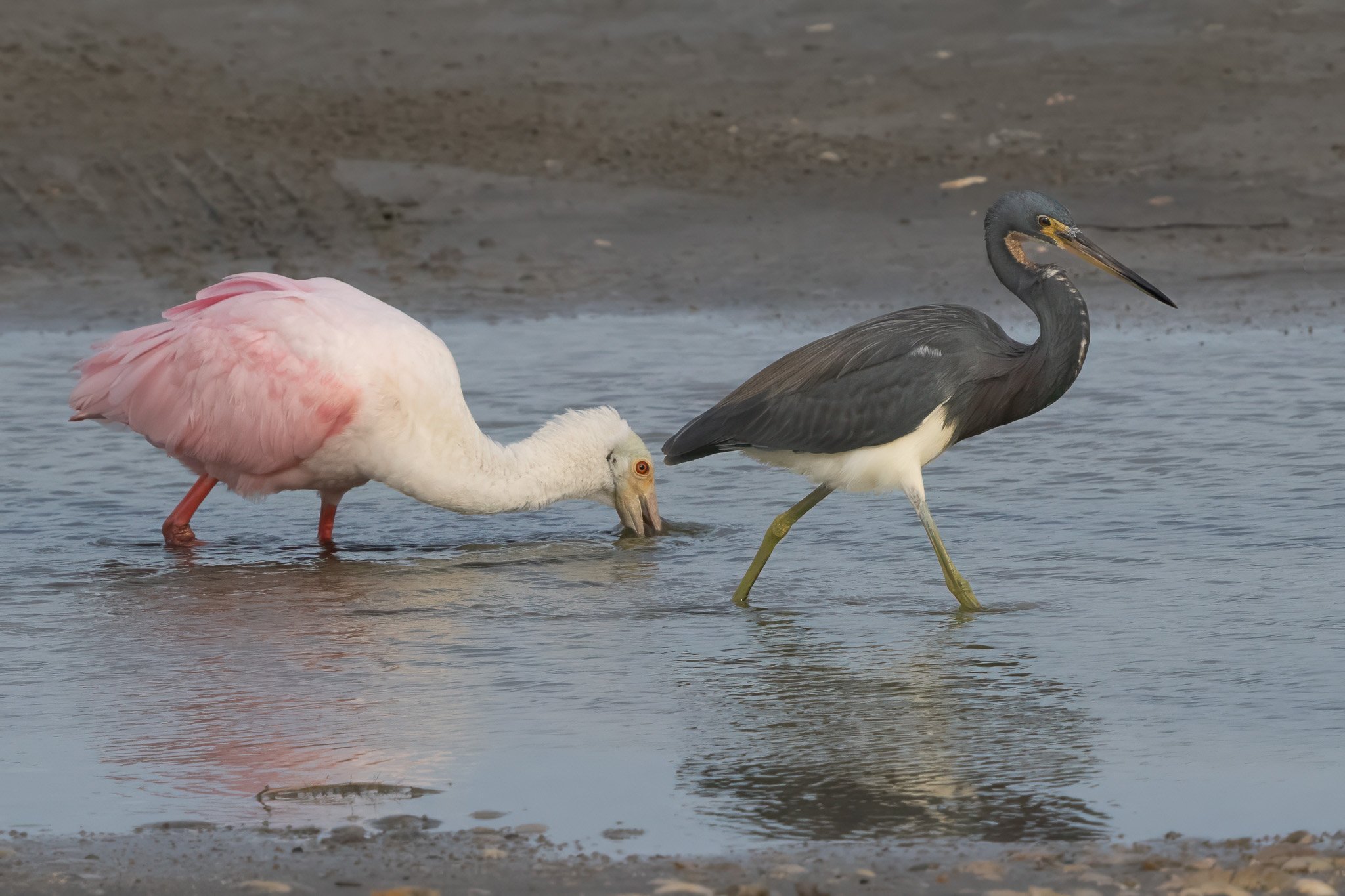Orcas
/Orcas (Orcinus area) are toothed whales of the suborder Odontoceti which includes dolphins and porpoises and other species of whales with a single blowhole on the top of the head and, in adults, teeth. The orca, also known as a killer whale, is the largest member of the dolphin family. Orcas have a large black body, large dorsal fins, a white underside, and a white patch above and behind the eye.
Adult orcas are about 27-33 feet long and weigh 8,000 to 12,000 pounds. The male orca is larger than the female. Orcas, highly social animals, travel in groups (pods) usually consisting of 5 - 30 individuals led by females. They hunt together using echolocation (reflection of sound to find the location of fish).
Several innovative, cooperative hunting techniques have been described including attacks on even very large prey.
On August 12,201O a pod of orcas killed and ate a minke whale near Witless Bay, Newfoundland. This was a rare event and articles about the sighting appeared in several local papers. I was participating in a photography workshop hosted by Ray Barlow with two other photographers. We had arranged to rent one of Eco-tours 22' Zodiacs (with captain) to visit an island with Atlantic Puffins and other seabirds. Instead we photographed action associated with the orca/minke interaction.
Quotes from August 19, 201 newspaper (Globe and Mail)
"Orcas are being sighted in increasing numbers off the coast of Newfoundland this month, and experienced whale watchers have been shocked on three occasions to see the carnivorous predators killing the local minke whales."
"Bob Bartlett, of Trinity Eco-Tours in Trinity Bay, has been observing the local waters for more than two decades as a recreational and commercial diver and tour operator. On Tuesday, he and a boatful of whale watchers filmed a pod of six orcas surrounding and devouring a minke, a much more common species. It's rare for them to be here, its rare to catch an attack on film or even see one ... everything is just so rare, it's unbelievable, Mr. Bartlett said. In 25 years, he's never seen orcas before."
Orca, near Witless Bay, Newfoundland - August 2010
Orca, near Witless Bay, Newfoundland - August 2010
Orca, near Witless Bay, Newfoundland - August 2010. Male orcas are larger than females and have a tall dorsal fin - up to six feet in height.
Orca and minke (center) whales near Witless Bay (Newfoundland, August 2010). The minke is out of focus. I did not know the minke was in the frame until viewing the photos later. I was trying to focus on the male on the right.
Orcas passing between our Zodiac and fishermen leaving Witless Bay, Newfoundland - August 2010.
Orca, near Witless Bay, Newfoundland - August 2010
Orca, near Witless Bay, Newfoundland - August 2010
Orca, near Witless Bay, Newfoundland - August 2010
Orca, near Witless Bay, Newfoundland - August 2010
Eight to twelve thousand pound Orca swimming toward the boat Molly Bawn. Witless Bay, Newfoundland - August 2010. Does the captain look concerned?






